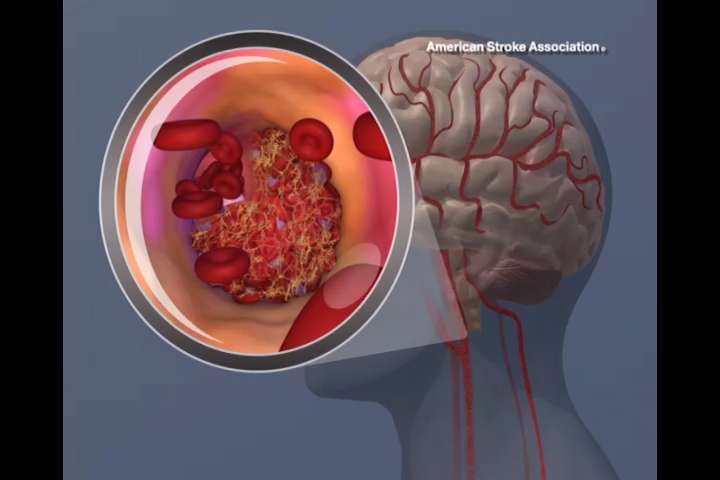
Black COVID-19 patients are more likely to have experienced strokes prior to their diagnosis than their non-Black counterparts, according to a study by Penn State College of Medicine researchers. They said this may be one explanation for why COVID-19 mortality has been high in Black populations.
According to the Centers for Disease Control and Prevention, nearly 800,000 people in the U.S. have strokes every year. In a prior study, Penn State researchers revealed that certain serious conditions, such as strokes, can increase a patient’s likelihood of dying from COVID-19. In the present study, the researchers sought to determine what those findings mean for minorities who are more likely to have strokes. They conducted one of the first nationwide studies to explore racial disparities of stroke prevalence among coronavirus patients.
The researchers analyzed data from over 8,000 adults with COVID-19 who visited hospital emergency rooms in 35 states from December 2019 through August 2020. The majority of patients were Hispanic or Black. In all, 0.9% of the COVID-19 patients had a pre-existing diagnosis of ischemic strokes, which occur when blood flow is restricted and not enough oxygen reaches the brain. This form of stroke can quickly result in brain damage.
Among the stroke patients, the majority were Black (50%), followed by non-Hispanic/White (29%) and Hispanic (21%) patients. After adjusting for other risk factors of stroke, including age, sex, hypertension, diabetes, obesity, drinking and smoking, the researchers determined that Black patients with COVID-19 have a threefold greater chance of having experienced a stroke prior to their COVID-19 diagnosis than non-Black patients.
“Historically, stroke rates have been consistently higher among the Black population,” said Dr. Paddy Ssentongo, assistant research professor at Penn State Center for Neural Engineering. “However, we did not expect this very high racial disparity in stroke prevalence among patients with COVID-19.”
The U.S. population consists of 61% non-Hispanic Whites, 18% Hispanics and 13% Blacks. In this analysis, among patients with COVID-19 who visited hospital emergency rooms, 30% were non-Hispanic Whites, 36% Hispanics and 34% Blacks. These findings reveal a disproportionate burden of COVID-19 cases among racial minorities.
“Stroke is a risk factor for COVID-19 mortality,” said Ssentongo, who recently graduated from the epidemiology doctoral program. “Our findings highlight the burden of stroke in Black patients with COVID-19 and could explain the disproportionately high rates of COVID-19 mortality within this population.”
According to the researchers, incidences of stroke were higher in the Southern states. The findings reveal that except for high blood pressure and diabetes, other risk factors for stroke—such as obesity and smoking—impacted races similarly. One of the study’s limitations was the inability to establish a causal link between stroke and COVID-19. Furthermore, granular data, such as mechanisms and causes of stroke and disease severity variables were not available in the database or analyzed.
Alain Lekoubou from Penn State Neuroscience Institute; and Matt Pelton and Djibril Ba from Penn State College of Medicine also contributed to this research.
Source: Read Full Article
